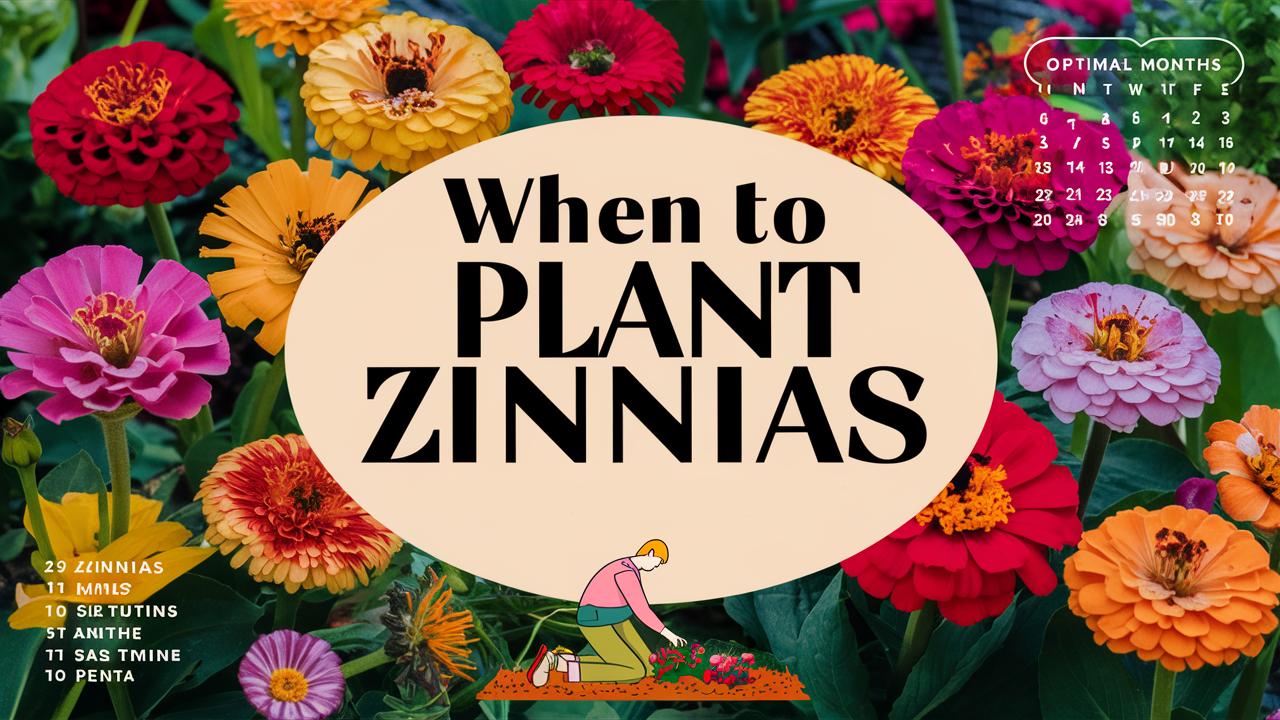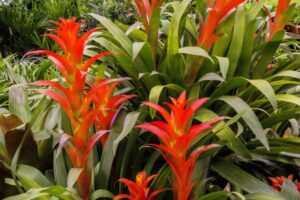This guide will take you through everything you need to know about planting zinnias, from understanding their growing season to optimal planting techniques.
Understanding the Zinnia Lifecycle

To appreciate the intricacies of planting zinnias, one must first understand their lifecycle. Zinnias are annual flowers, meaning they complete their entire lifecycle within a single growing season. They begin as seeds, germinate, mature into plants, and ultimately produce seeds for the next generation. This rapid lifecycle aligns with specific seasonal cues, making the timing of planting essential for successful growth and flowering.
Optimal Growing Conditions for Zinnias
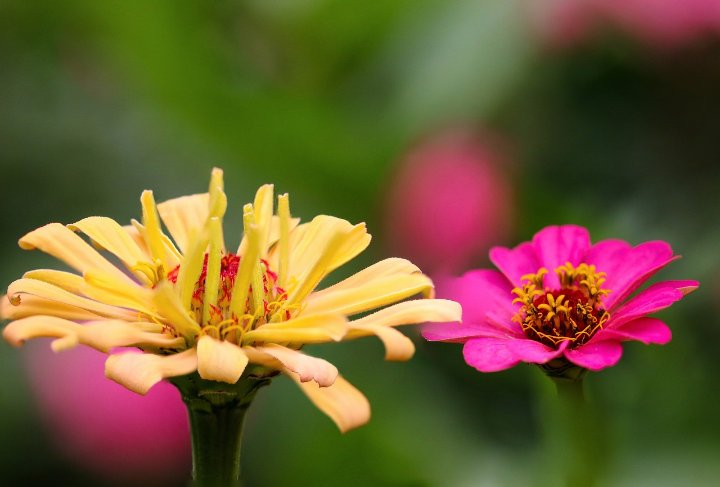
Before diving into the specifics regarding when to plant zinnias, it’s important to consider their preferred growing conditions. Zinnias thrive in full sunlight, requiring at least six to eight hours of direct sunlight daily. Additionally, they prefer well-drained soil with a pH level of 6.0 to 7.0, which can be easily achieved by incorporating organic matter or compost into your garden soil.
Zinnias can tolerate heat and drought, making them suitable for summer gardens. However, while they are relatively low-maintenance, it’s crucial to provide them with enough water during dry spells to ensure they do not become stressed.
When to Plant Zinnias: The Basics
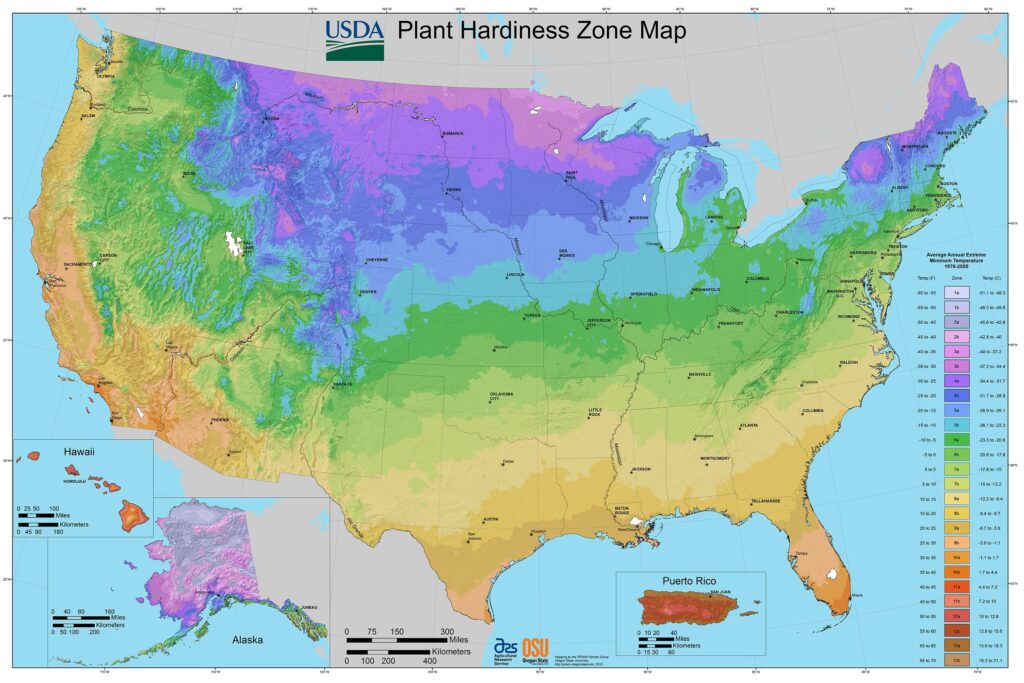
The best time to plant zinnias largely depends on your location and the climate in your region. These flowers are tender annuals that are particularly sensitive to frost. They thrive in warm temperatures ranging from 70 to 90 degrees Fahrenheit.
USDA Hardiness Zones
When considering when to plant zinnias, you should first determine your USDA Hardiness Zone. This classification system divides areas in the United States by their average minimum winter temperatures, helping to predict frost dates and the growing season.
For instance, in USDA Zones 8-10, where temperatures are milder, zinnias can be planted earlier in the spring, as the risk of frost is significantly lower. In cooler areas, like Zones 3-5, it’s best to wait until late spring when the soil has warmed and the frost threat has passed.
Frost Dates
A key factor in the timing of planting zinnias is understanding your local frost dates. Zinnias should be planted after the last frost date in your area. Many gardeners keep a calendar of these dates as they can vary from year to year. Generally, the last frost date falls between mid-April and mid-May in most regions.
To find your specific last frost date, consult local gardening resources, extension services, or even online gardening forums. Knowing this date will guide you in planning your planting schedule.
Starting Zinnias Indoors
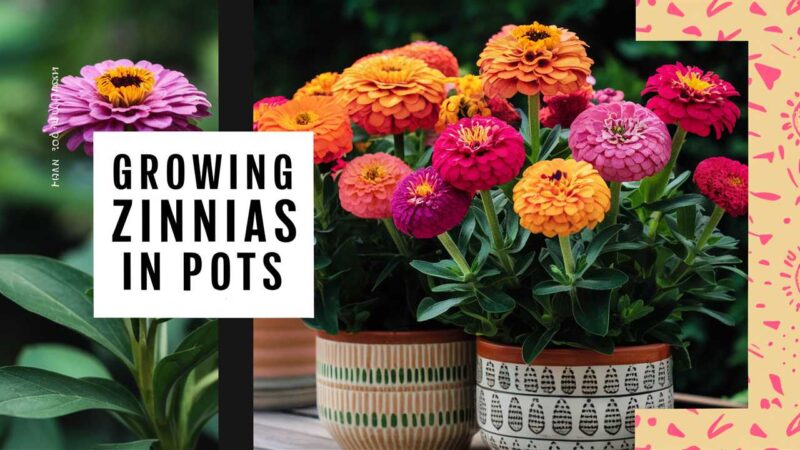
If you live in a shorter growing season climate or simply want to get a head start, consider starting zinnias indoors. This process not only allows for earlier blossoms but also helps protect young plants from the unpredictable late frosts.
Seeds and Seed Starting
When starting zinnias indoors, use high-quality seed trays or pots filled with seed-starting mix. Plant your zinnia seeds about ¼ inch deep and keep the soil moist but not overly wet. Position your trays in an area where they will receive ample sunlight, or use grow lights if adequate sunlight is hard to come by.
Starting seeds indoors should be done 4-6 weeks before the last expected frost date. After the seedlings have developed at least two sets of true leaves and the danger of frost has passed, they can be transplanted outside.
Hardening Off
Before transplanting your young zinnias outdoors, it’s crucial to harden them off. This gradual process acclimates your plants to outdoor conditions, ensuring they don’t suffer from transplant shock. Start by placing them outside for a few hours a day, gradually exposing them to longer periods over a week to ten days.
Direct Sowing Zinnias Outdoors
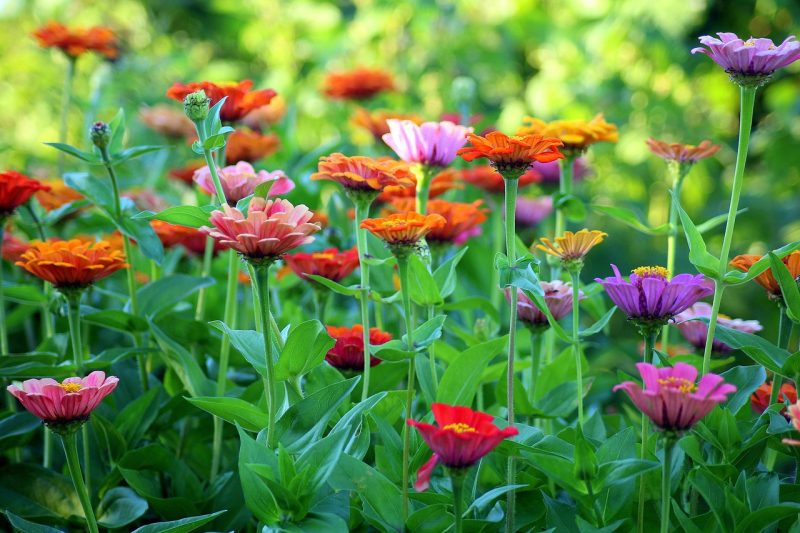
For those who prefer a simpler approach, direct sowing zinnias outdoors is another great option. This method is generally favored for its convenience and efficiency, allowing zinnias to establish themselves naturally in the garden environment.
Timing of Direct Sowing
Wait until after the last frost date to direct sow zinnia seeds. When soil temperatures rise to around 65 degrees Fahrenheit, it’s the perfect time to plant them, generally from mid-April to early June depending on your location.
Planting Guidelines
When direct sowing, space your zinnia seeds approximately 12 inches apart for larger varieties and 6-8 inches apart for smaller ones. Scatter the seeds on the soil surface, lightly cover them with soil, and gently water to ensure good seed-to-soil contact. Zinnias will germinate quickly, often within 7-10 days.
Caring for Zinnias After Planting
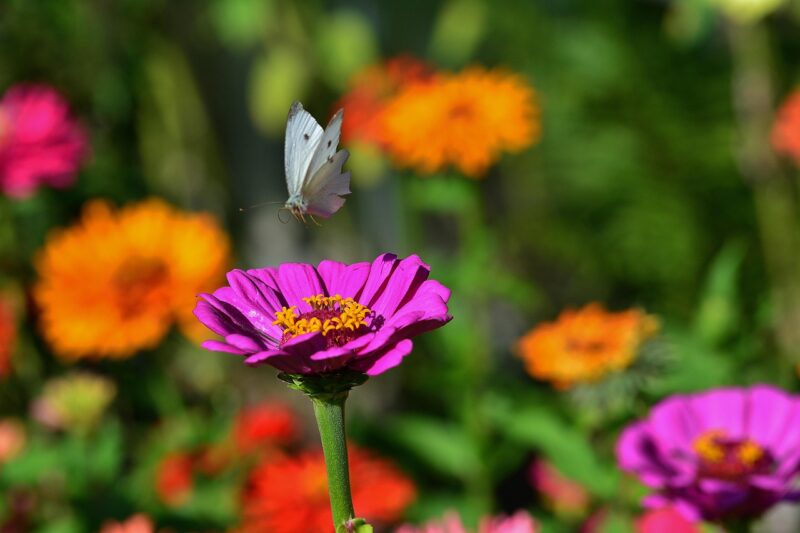
Once your zinnias are planted, whether from seeds or nursery starts, their care becomes essential to ensure a bountiful bloom.
Watering
Zinnias are relatively drought-tolerant once established. However, during their initial growth phase, consistent moisture is critical. Water them regularly, ensuring the soil remains damp but not soggy. As the zinnias mature, reduce watering frequency while still keeping an eye on their moisture levels.
Fertilizing
While zinnias do not require heavy fertilization, a balanced fertilizer can promote vigorous growth and extended flowering. Applying a slow-release fertilizer at planting and again midway through the blooming season can provide the necessary nutrients. Additionally, ensure the soil is rich in organic matter for best results.
Pest and Disease Management
Although zinnias are generally resistant to diseases, maintaining healthy plants is key to avoiding issues. Monitor them for pests such as aphids or spider mites, which can often be managed organically with insecticidal soap or neem oil. Proper spacing will also allow for good air circulation, minimizing the risk of fungal diseases.
The Flowering Season of Zinnias
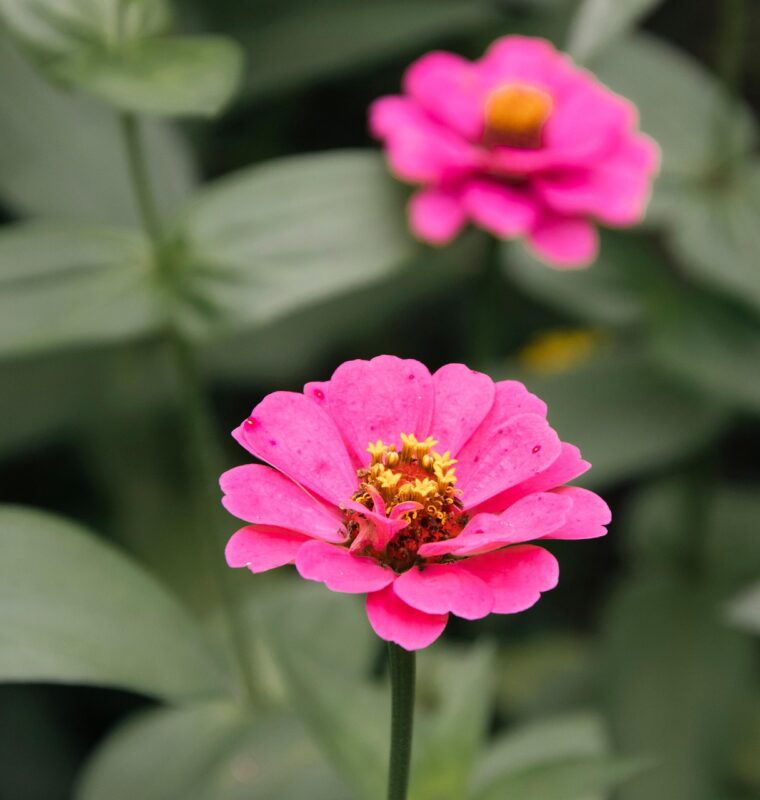
Zinnias typically begin flowering around 6-8 weeks after planting, depending on the variety and growing conditions. Their vibrant blooms can last well into fall, providing a continuous burst of color in your garden.
Encouraging Continuous Blooms
To encourage the longevity of blooms, regularly deadhead spent flowers. This practice directs the plant’s energy towards producing new blooms rather than developing seeds. Additionally, zinnias thrive with summer heat; the more sun and warmth they receive, the more flowers they will produce.
Conclusion: Timing is Everything
The decision of when to plant zinnias can significantly affect not just their growth but your overall gardening experience. With proper planning, knowledge of local frost dates, soil temperatures, and adequate care, your zinnias can flourish and provide an enviable display of color all season long.


